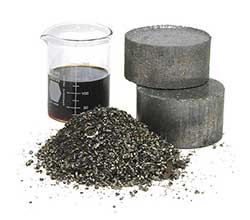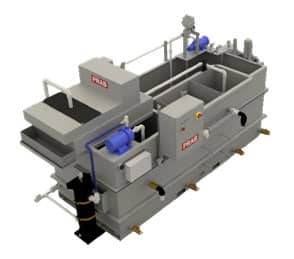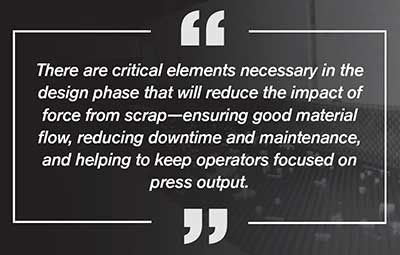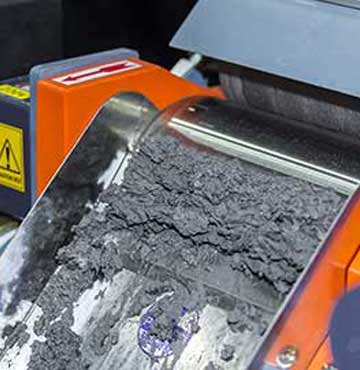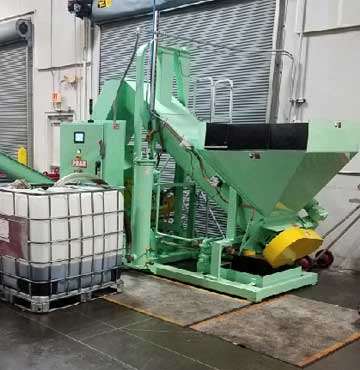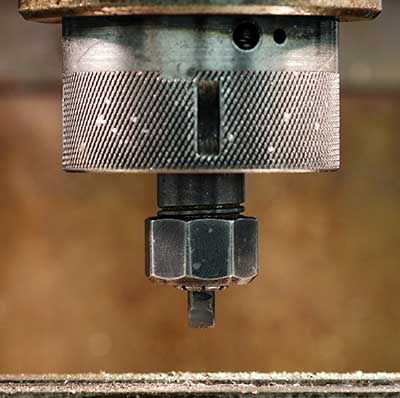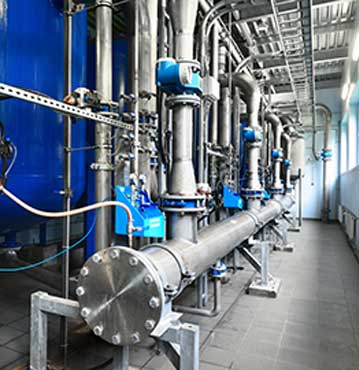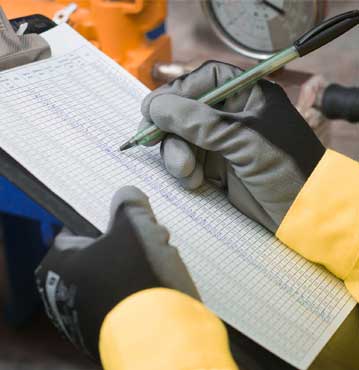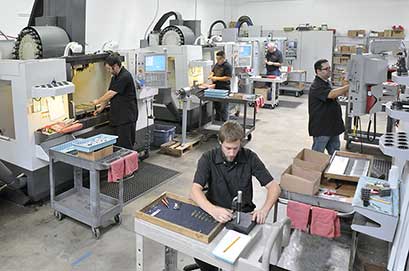
Planning for Potential Recession
Most manufacturing operations suffer during a recession, primarily because uncertainty increases and demand falls. But research has shown that there are some ways to avoid the negative effects through proper planning. An article published in 2002 by the Harvard Business Review found that during the recessions of 1980, 1990, and 2000, 17% of companies studied went private, went bankrupt, […]

